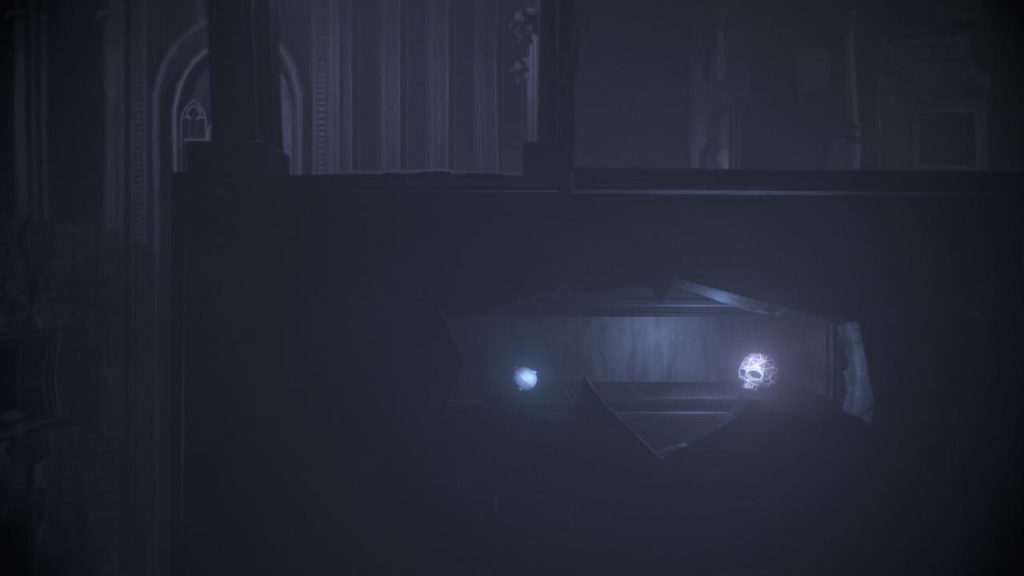

As the Frankish domination of Gaul began, there was a gradual immigration by the Franks to Paris and the Parisian Francien dialects were born.

Ĭlovis the Frank, the first king of the Merovingian dynasty, made the city his capital in 508. The place that he finally fell and was buried became an important religious shrine, the Basilica of Saint-Denis.

The legend further states that Denis walked headless from this hill to the north of the city. According to legend, when Denis refused to renounce his faith before Roman authorities, he was beheaded on the hill that became known as Mons Martyrum (Latin "Hill of Martyrs"), later " Montmartre". Christianity was introduced in the middle of the 3rd century AD by Saint Denis, the first Bishop of Paris. It became a prosperous city with a forum, baths, temples, theatres, and an amphitheatre. The Romans conquered the area in 52 BC and began their settlement on Paris's Left Bank. The Parisii traded with many river towns (some as far away as the Iberian Peninsula) and minted their own coins for that purpose. One of the area's major north–south trade routes crossed the Seine on the île de la Cité the meeting place of land and water trade routes gradually became an important trading centre. The Île-de-France was inhabited by the Parisii, a sub-tribe of the Celtic Senones, from around the middle of the 3rd-century BC. The region has witnessed increasing income inequality in recent decades and rising housing prices have pushed the less affluent outside Paris. Though it is the richest French region, a significant number of residents live in poverty: the official poverty rate in the Île-de-France was 15.9% in 2015. īeyond the city limits of Paris, the region has many other important historic sites, including the palaces of Versailles and Fontainebleau, as well as the most-visited tourist attraction in France, Disneyland Paris. In 2018, nearly all of the twenty-eight French companies listed in the Fortune Global 500 were based in the Île-de-France. The Île-de-France region alone accounts for 5% of the European Union's GDP, for only about 2.7% of the Union's population. It has the highest per capita GDP of any French region and the third highest of any region in the European Union. The Paris region is Europe's richest region with a GDP (PPP) at over $1 trillion, ahead of North Rhine-Westphalia in Germany and Greater London in the United Kingdom. The GDP of the region in 2021 was US$984 billion at market exchange rates. Residents are sometimes referred to as Franciliens, an administrative word created in the 1980s. In 1976, when its status was aligned with the French administrative regions created in 1972, it was renamed after the historic province of Île-de-France. It was created as the "District of the Paris Region" in 1961. The region is made up of eight administrative departments: Paris, Essonne, Hauts-de-Seine, Seine-Saint-Denis, Seine-et-Marne, Val-de-Marne, Val-d'Oise and Yvelines. Île-de-France is densely populated and retains a prime economic position on the national stage: though it covers only 12,012 square kilometres (4,638 square miles), about 2% of metropolitan French territory, its estimated 2020 population of 12,997,058 was nearly one fifth of the national total its economy accounts for nearly one third of the French gross domestic product. Centred on the capital, Paris, it is located in the north-central part of the country and often called the Région Parisienne ( pronounced English: Paris Region). The Île-de-France ( / ˌ iː l d ə ˈ f r ɒ̃ s/, French: ( listen) literally "Isle of France") is the most populous of the eighteen regions of France.
#DARQ CRYPT BELL PUZZLE FULL#
Click on the name of your favorite artist to visit the full artist profile, read the biography, and inquire about booking fees and availability.$984 billion (GDP nominal) / $1,075 trillion (GDP PPP) in 2021 Rappers & Hip-Hop Artists Turned Social Activistsīrowse our online directory of popular musicians and bands available for private performances, corporate entertainment, and university events.


 0 kommentar(er)
0 kommentar(er)
